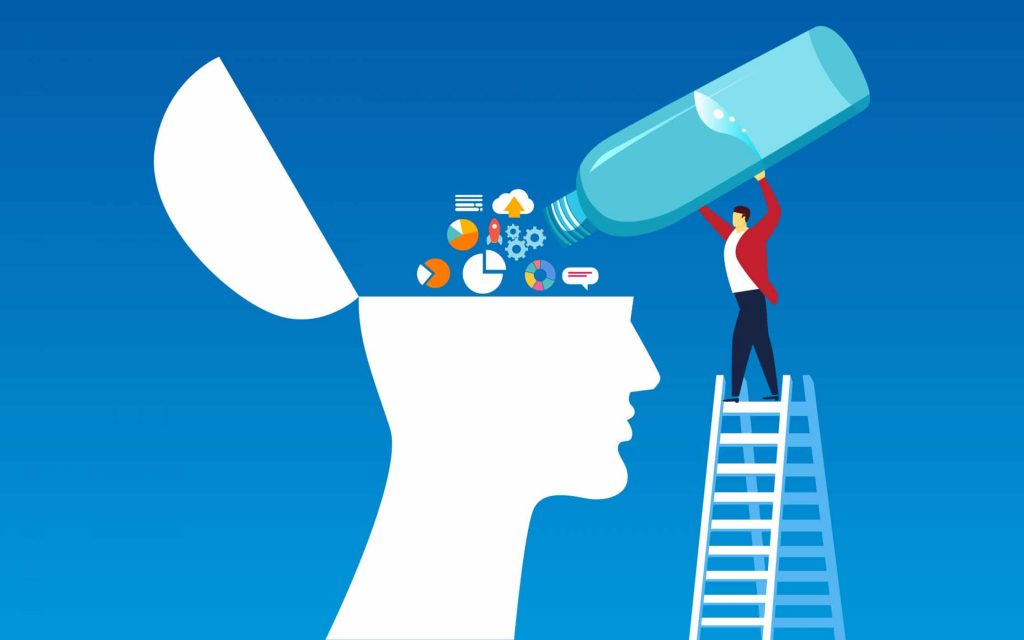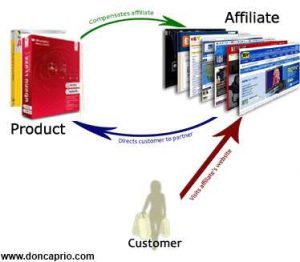Among the many different analogies we use to describe the state of contemporary customer service, Jeff Bezos’ must be the most articulate. “We see our customers as invited guests to a party”, it goes, “and we are the hosts. It’s our job every day to make every important aspect of the customer experience a little bit better”. Better as in easier, quicker, and more actionable, in every single aspect.

Companies that operate by this philosophy thrive.
Those that don’t, fail.
And just like modern-day party hosts rely on entertainment tech to help them engage their yawning guests, customer-centric companies depend on software-empowered digital channels to bring them a step closer to the ultimate goal – a centralized system for providing personalized, real-time, hybrid support. Because the thing that impresses today’s consumers the most is our knack for convenience.
Remember this word as we continue our search for the most impressive customer service tech.
Self Service

By definition, convenient is what eliminates all difficulty from a certain process.
In customer service terms, difficulties stem from customers’ own pain points, as well as from friction between what they expect and what we, brands, can deliver. Not being able to make a transaction in less than few minutes makes the process difficult and therefore frustrating. Explaining unusual issues to disinterested reps is even more so. Sometimes, yes, even talking on the phone is difficult enough.
The perfect solution?
A self-service center as an alternative to traditional customer support.
Self-service actually meets all the main requirements of modern-day consumers – it’s available 24/7 in real time, can be accessed via smartphone, and delivers actionable solutions without being talkative. The technology behind it is pretty simple too, as it doesn’t differ much from any other centralized directory. Con? Building a comprehensive knowledge base from scratch takes some time.
Either than that, the self-service solution is the epitome of convenience.
Omnichannel Presence
Hybrid customer support refers to an approach that uses multiple online and offline channels to communicate with customers. It requires an omnichannel presence, of course, which allows brands not only to maximize their efforts by multiplying their mediums but also to get through to different customers that prefer different means of communication. It’s something for everyone’s unique taste.
It’s also a must for brands with diverse target audiences. But unlike knowledge base-based self-service centers, successful hybrid support must be provided simultaneously across multiple channels. When manual, it’s so logistically complex that it’s practically unavailing. If automated, however, hybrid support can deliver immediate high-quality service to all customers, regardless of their personal needs and preferences. Social, email, mobile, chat, and more.
Which brings us to our next contender:
Automation
Whether designed specifically for customer support or deployed from another industry, automation technology has either way grown from a rapidly expanding concept into an umbrella term. Today, it includes every digital solution that helps accelerate and optimize customer support output, ranging from simple ticket management tools to cutting-edge robotic process automation (RPA) technology.
Automation can also be defined as the elimination of difficulty, or more precisely, effort.
These solutions take a longer way around, though, facilitating customer interactions only indirectly. Instead of cutting down the middlemen (reps) in order to provide the quickest possible route for customers in need of fast solutions, business automation tools empower said middlemen to deliver a better quality of service in less time. They reduce customer effort only by reducing reps’ effort first.
This is undeniably a great thing, though it can be better. And here’s why. Being primarily reserved for back-office operations, automation puts one additional step between the customer and the solution. In the context of customer-centricity, this technology may be more effective if it was designed to be used not by support reps, but by customers themselves, thus combining automation and self-service.
AI & Chatbots

And with that, we have come to the very edge of customer support tech.
It’s a frontier inhabited by AI-powered digital assistants that provide support directly to the customer. The best use of AI with chatbots is right here in customer support, where aggregated customer data and machine learning enable bots to learn at every new interaction and therefore provide not only immediate and quality support, but also highly personalized service. Chatbots simply tick every box.
From detailed solutions forwarded from FAQs and knowledge bases to personalized product and service recommendations, every answer delivered by a chatbot is fast, accurate, and actionable. Unlike reps, digital assistants are always available, which meets the convenience requirement as well. And if need be, a chatbot will know to reroute the interaction and pass it along to an actual agent.
It’s also easy and inexpensive to create chatbot solutions, which cannot be said for self-service centers or customer support automation tools. In fact, even the best AI chatbot solutions can be designed without any technical background or financial investments. Totally free of cost, the digital assistants developed by tech companies such as SnatchBot are already redefining customer service.
Convenient and effective, chatbots are the most impressive customer support tech we have.





